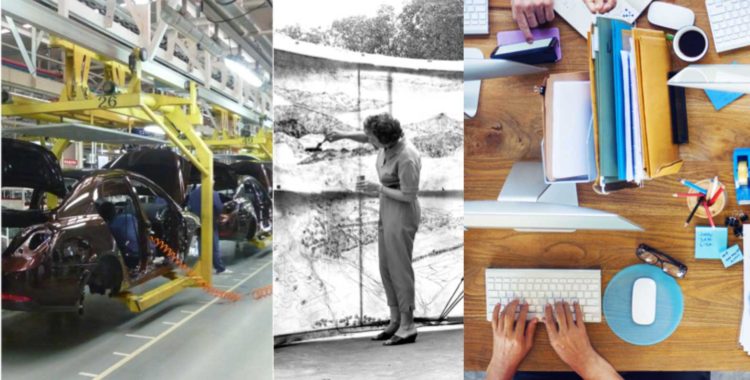
Art History, Capital Investment & Post Industrial Society
August 12, 2015
by Diana Greenwald | Filed in: Conferences • Interdisciplinary
Last week the World Economic History Congress—an event that happens every three years—took place in Kyoto, Japan. Economic history is a discipline that exists between two larger disciplines: economics and history. Work in the field is necessarily a combination of quantitative and qualitative research. Economic history now provides not only a useful example of interdisciplinary methods but also research content that is directly related to the interests of Arts & Econ. The session “Determinants of creativity: The case of the arts in the 19th and 20th centuries” was, according to session organizer Karol Borowiecki, the first ever session at a WEHC dedicated to the study of the arts.
The presentations covered geographic ground from Australia to Spanish Basque country to London the United States. Chronologically, they spanned the 18th to the 21st centuries. The common thread was, of course, art: the changing dimensions of Australian artists’ canvases, the geographic spread of American artists and the profitability of one of the most legendary art dealers. Normally, this blog would discuss how economic methods shed light on these topics. However, this post, in fact, highlights how the study of the arts can be important for economics.
In his introduction to the session, Borowiecki highlighted how the most vibrant contemporary economic sectors are more similar to the structure and output of the “creative sector”—visual arts, music, and theater—than traditional economic sectors. How coders work and create successful tech start-ups is more similar to how clusters of artists gather and thrive than it is to the construction and management of capital-intensive car factories. Returns on capital investment are different now than they were just a few of decades ago; studying the arts and their success can provide a useful guide for addressing changing strategies for capital investment.
Studies at the intersection of art and economics do not only enrich scholarly analyses of the arts but can also improve economists’ understanding of how to nurture emerging sectors of a post-industrial economy. It is not only a one-way exchange between economics and art history.
Resource Rewind: Wealth & the Demand for Art in Italy >>
<< Art, Economics & The Cultural Omnivore
